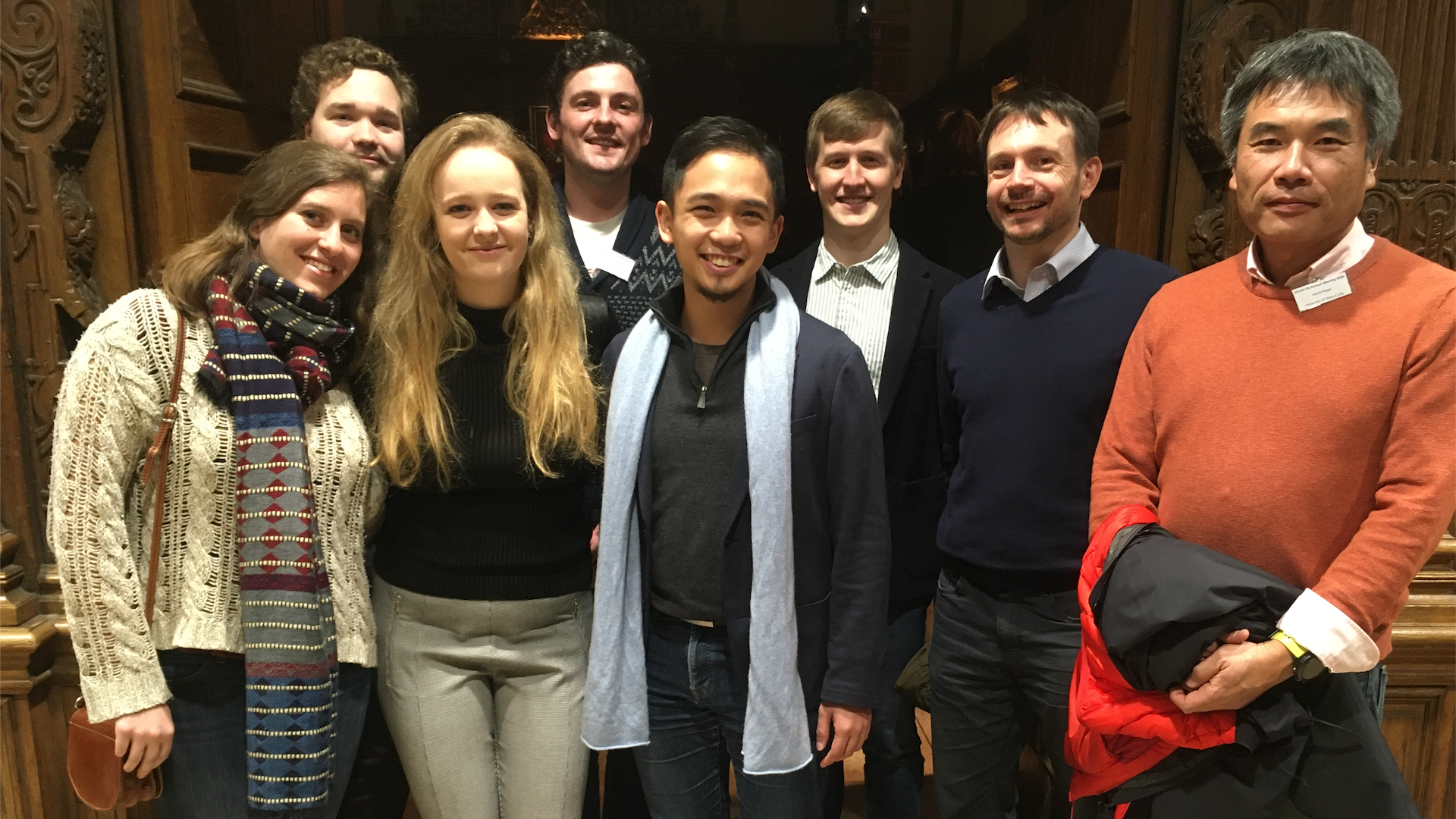
There must be new physics beyond the Standard Model - and the LHC is the perfect place to look for it
A range of unresolved experimental and theoretical issues suggest that the Standard Model is not the final theory of matter and forces. Supersymmetry (SUSY) is one example of a favoured extension of the Standard Model, and one which solves many of its current problems. The theory predicts that every fermion has a bosonic partner and vice-versa. If such supersymmetric partner particles exist, they ought to have masses at the TeV every scale, and should be produced in the LHC and can be found by ATLAS. The recent discovery by ATLAS of a Higgs boson further increases the motivation for TeV-scale supersymmetry. Other models of new physics, such as those with extra dimensions of space, also predict new particles at the TeV scale.
Our group is investigating how we can discover new physics in various different channels. We have also been studying, in collaboration with the Oxford Theory group, methods for understanding the theory of new physics using the LHC data. If the LHC discovers new invisible particles it could be the world's first dark matter factory. We are developing methods for e.g. measuring masses, distinguishing between supersymmetric and extra-dimensional models, performing dedicated dark matter searches and combinations, and understanding the astrophysical and cosmological implications of our findings.
Doctoral thesis topics are available in each of these areas.
Contact: Prof Alan Barr
Members of the group
Current members:
- Alan Barr
- Eimear Conroy
- Ben Gladwyn
- Claire Gwenlan
- Ben Hodkinson
- Koichi Nagai
- Alessandro Ruggiero
- Tom Yildirim
Previous members:
- Mortiz Backes
- Hugo Beauchemin
- Oleg Brandt
- Jonathan Burr
- Mireia Crispin Ortuzar
- Alexandru Dafinca
- Pawel Bruckman De Renstrom
- Will Fawcett
- Gabriel Gallardo
- Ynyr Harris
- Will Kalderon
- Jesse Liu
- Claudia Merlassino
- Mike Nelson
- Aaron O'Neill
- Alex Pinder
- Andree Robichaud-Veronneau
- James Scoville
- Dan Short
- Jonas Wuerzinger
- Chris Young
